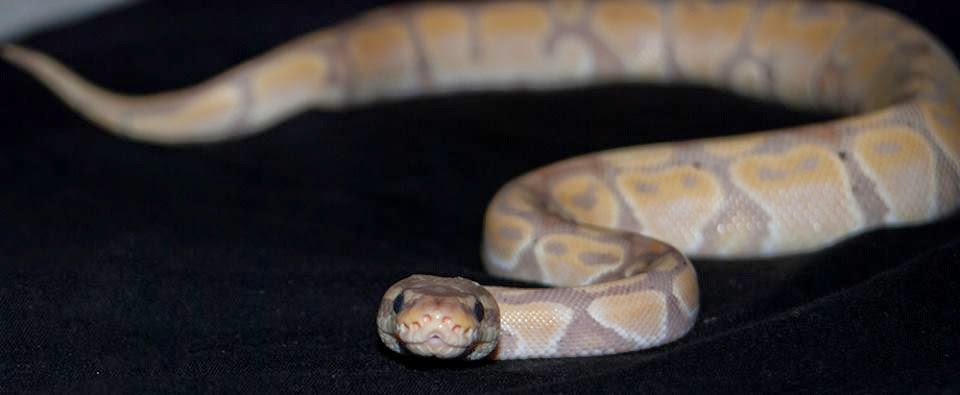Christmas has certainly come early for me this year, thanks to Reptile Hunters Belfast for my latest new additions!
The first of which is a champagne royal python. As I give all my royals names, I have named him Cru as it's a type of berry used when making champagne.
.
The second new addition is my first normal royal python and I have named him Dinger after a friends name. I think every royal python fan needs to have a normal in their collection! They are just as beautiful as morphs!
This is Mojo the mojave female. I know the name is not the most original but I like it.
Finally we have Fyffe Hakkinen the F1 male banana. I never thought I would ever own a banana and I was really pleased when my local reptile shop acquired me this guy and all the above. I can't thank my friend Eddie at Reptile Hunters Belfast enough.
I will keep you guys updated with my royals progress and fingers crossed next season I will have my first breeding project!








































